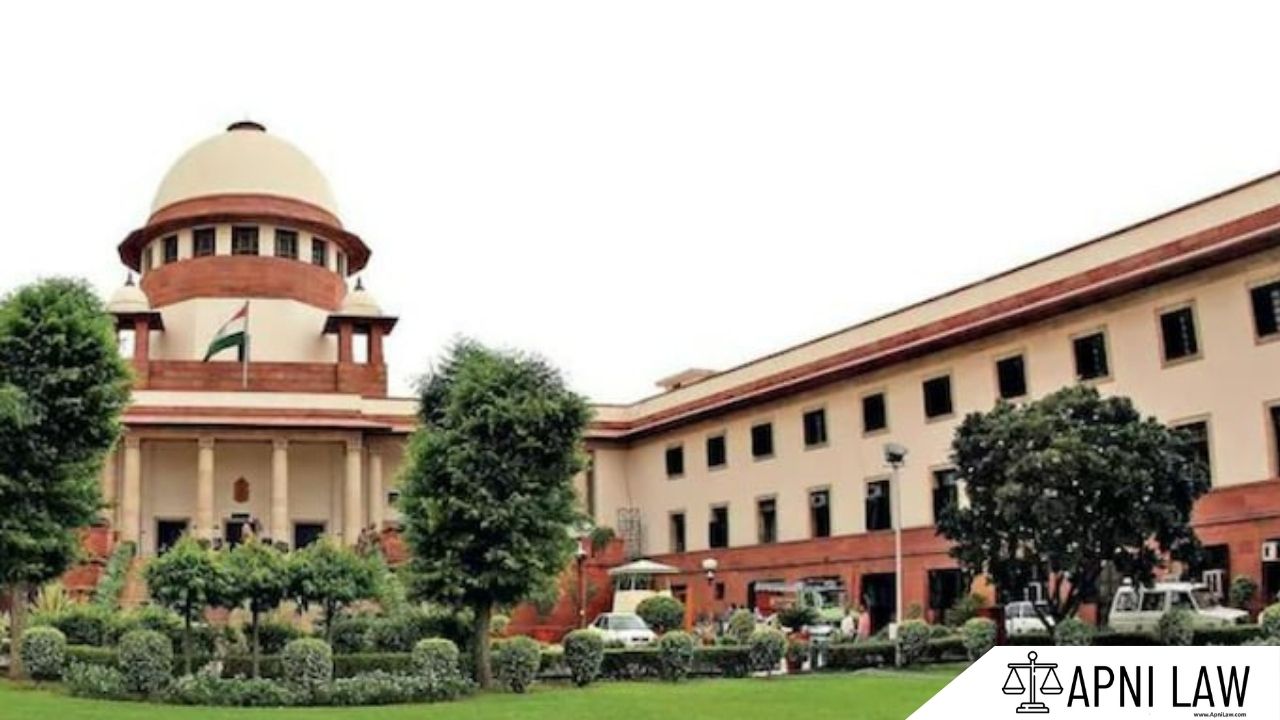India introduced the Goods and Services Tax (GST) to remove cascading taxes and simplify indirect taxation. A key feature of this system thats is mentioned is the Input Tax Credit (ITC) under GST. Section 16 of the Central Goods and Services Tax (CGST) Act lays down the rules for claiming ITC. This section helps businesses reduce their tax burden and ensures smooth credit flow throughout the supply chain.
What Is Input Tax Credit (ITC)?
Input Tax Credit (ITC) allows GST-registered businesses to reduce their tax liability. They can do this by claiming credit for the GST paid on purchases made for business use. The credit offsets the GST they owe on sales. As a result, GST is applied only to the value added at each stage. This process prevents double taxation and makes businesses more cost-efficient.
Why Section 16 Matters Under GST
Section 16 is essential for understanding how ITC works under GST. It defines who can claim ITC and the conditions they must meet. It also sets time limits and explains when ITC is not allowed. This section helps prevent cascading taxes, lowers costs for manufacturers and service providers, and promotes tax compliance. Businesses that understand this section can use ITC effectively while staying within legal limits.
What Is The Eligibility to Claim ITC Under Section 16?
To claim ITC, a person must be registered under GST. The goods or services must be used strictly for business purposes. A valid tax invoice, debit note, or any approved document must be available. ITC can only be claimed after the goods or services are received. The supplier must have paid the tax to the government. The buyer must also file GST returns, specifically GSTR-3B, to claim the credit. It is important to claim ITC before 30th November of the following financial year or before filing the annual return (GSTR-9), whichever is earlier.
What Are The Conditions for Availing ITC?
Section 16(2) of the CGST Act sets clear conditions to claim ITC. A taxpayer must hold a valid invoice or debit note. If the goods are delivered in parts, ITC can be claimed only after receiving the final lot. ITC is allowed only if the supplier has paid the GST amount to the government. The taxpayer must also file GSTR-3B regularly. If the buyer does not pay the supplier within 180 days, the ITC must be reversed, but it can be reclaimed after payment is made. Taxpayers who claim depreciation on the GST component of capital goods cannot claim ITC on that portion.
The law also restricts ITC on certain goods and services such as food, motor vehicles (unless used for business), health club memberships, and works contracts unless used for further supply. Only regular registered taxpayers can claim ITC. Composition scheme holders and non-resident taxable persons (except importers) are not eligible.
What Is The Time Limit for Claiming ITC
As per Section 16(4), ITC must be claimed within strict time limits. Taxpayers must claim credit before 30th November of the next financial year or before filing the annual return, whichever is earlier. For the financial years 2017-18 to 2020-21, the government allowed claims until 30th November 2021. If the tax authorities cancel and later reinstate a registration, the taxpayer must claim ITC within 30 days from the date of restoration.
Conclusion
Section 16 of the CGST Act is the foundation for claiming Input Tax Credit in India’s GST system. It clearly outlines who can claim ITC, when they can claim it, and under what conditions. A proper understanding of these rules helps businesses reduce tax costs and stay compliant. Timely action, accurate documentation, and regular return filing are the keys to successfully claiming ITC under GST.









